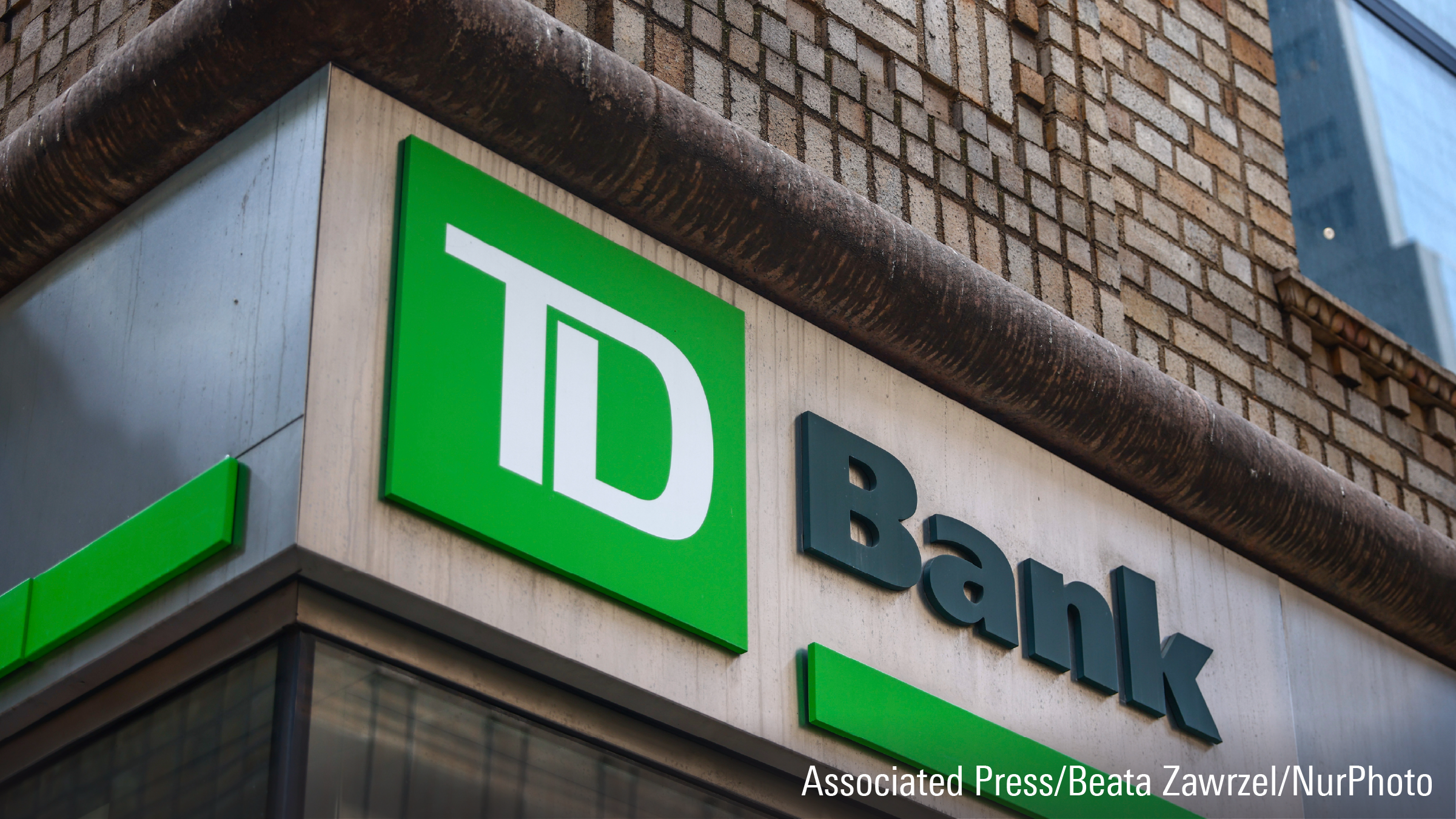Question: When reading financial reports from Morningstar or from fund companies I sometimes come across terms that are unfamiliar or unclear to me. Can you provide a list that explains commonly used investing terms so that novice investors like me can understand what the pros are discussing?
Answer: Newbie investors are often thrown for a loop by some of the jargon investing professionals use, so much so that it can feel almost like listening to a foreign language. In some cases investment industry jargon is used as short-hand for complex concepts--such as when a pro mentions MPT, an acronym for Modern Portfolio Theory, a sophisticated investment approach aimed at optimizing a group of holdings to balance performance and risk. In other cases jargon is simply used as a synonym for more commonly used verbiage -- why the financial-services industry prefers the term "equities" to the more colloquial "stocks" seems more a matter of convention than anything else.
There's no Rosetta Stone edition that translates financial industry-speak to English (at least, not yet), but the following glossary is a start. Of course, this is just the tip of the iceberg, and new investing terms come into vogue all the time. But at a minimum, the terms defined below should help those who are new to investing or who sometimes are left scratching their heads after reading a fund manager's quarterly message.
Active/passive investment: Differing approaches to managing a fund's basket of securities, also known as its portfolio. Picking individual securities based on a strategy is considered active while building a portfolio based on an index is considered passive.
Alpha: A measure of a fund's performance relative to its benchmark given the degree of risk taken on by the fund. The ability to generate a positive alpha is generally seen as a plus. (Click here to learn more.)
Arbitrage: An investment strategy that seeks to capitalize on price variances for an asset. This includes low-risk strategies, such as buying a stock on one exchange and selling it on another exchange where it trades at a higher price, as well as higher-risk strategies, such as buying stock in a company that is being acquired in anticipation that its price will rise as the sale date draws nearer.
Bear market: Typically refers to a decline of at least 20% from a stock market peak during a period of months or years.
Beta: A measure of volatility based on the degree to which a fund moves relative to a benchmark. A fund with a high beta experiences higher highs and lower lows and is considered riskier than a fund with low beta. (You'll find a fuller explanation here.)
Black swan event: An extremely rare and unexpected occurrence having a significant impact on the markets, such as the 2008 financial crisis. This concept was popularized by the book The Black Swan: The Impact of the Highly Improbable by Nassim Nicholas Taleb.
Bull/Bear: An investor who believes that markets will head higher (bull) or lower (bear).
Correlation: The degree to which two securities tend to move in the same direction.
Correction: Technically, a 10% drop in stock prices from their high, though it is sometimes used to describe smaller drops occurring in a short time frame.
Derivative: A financial instrument, such as futures and options, in which performance is based on an underlying asset. (For more, see this Ask the Expert article.)
Duration: A measure of the interest-rate sensitivity of a bond or portfolio of bonds (average duration). (Click here to learn more.)
Equities: Just a more impressive-sounding name for stocks. They represent ownership in a company.
Fixed income: Generally used to refer to bonds but also other securities that pay a fixed rate of interest or a dividend, including government bonds.
Hedge: An investment used to offset risk as part of a broader strategy -- for example, using options as a safeguard against an underperforming investment.
Leverage: The use of borrowed funds, options and other techniques to gain added exposure to an asset's performance.
Market cap: Short for market capitalization. The total value of the equity of a company as set by the market, calculated by multiplying a company's share price by the number of shares outstanding. Often divided into large-, mid- and small-cap ranges.
Mean reversion: The expectation that a security's returns -- if they are higher or lower than they deserve to be -- eventually will fall back in line with their historical trend.
Premium/discount: The extent to which a bond trades at a price above (premium) or below (discount) its face value, or the degree to which an exchange-traded fund trades above (premium) or below (discount) its net asset value.
Risk-on/risk-off: Market environment in which investors favour either low-risk, conservative investments (risk-off) or high-risk, more speculative ones (risk-on).
Valuation: Estimated worth of a company, typically used to determine whether its stock is a bargain, fairly priced or overpriced.
Volatility: A measure of the degree to which a fund's performance fluctuates, typically expressed as standard deviation. Higher volatility suggests a broader range of potential returns and therefore higher risk.
Yield curve: Rate at which interest rates change as one moves from bonds with shorter maturities to those with longer maturities.
Are there additional investing terms that you've wondered about and that aren't included here? Email them to us for possible use in a future article.
Have a personal finance question you'd like answered? Send it to AskTheExpert@morningstar.com.















